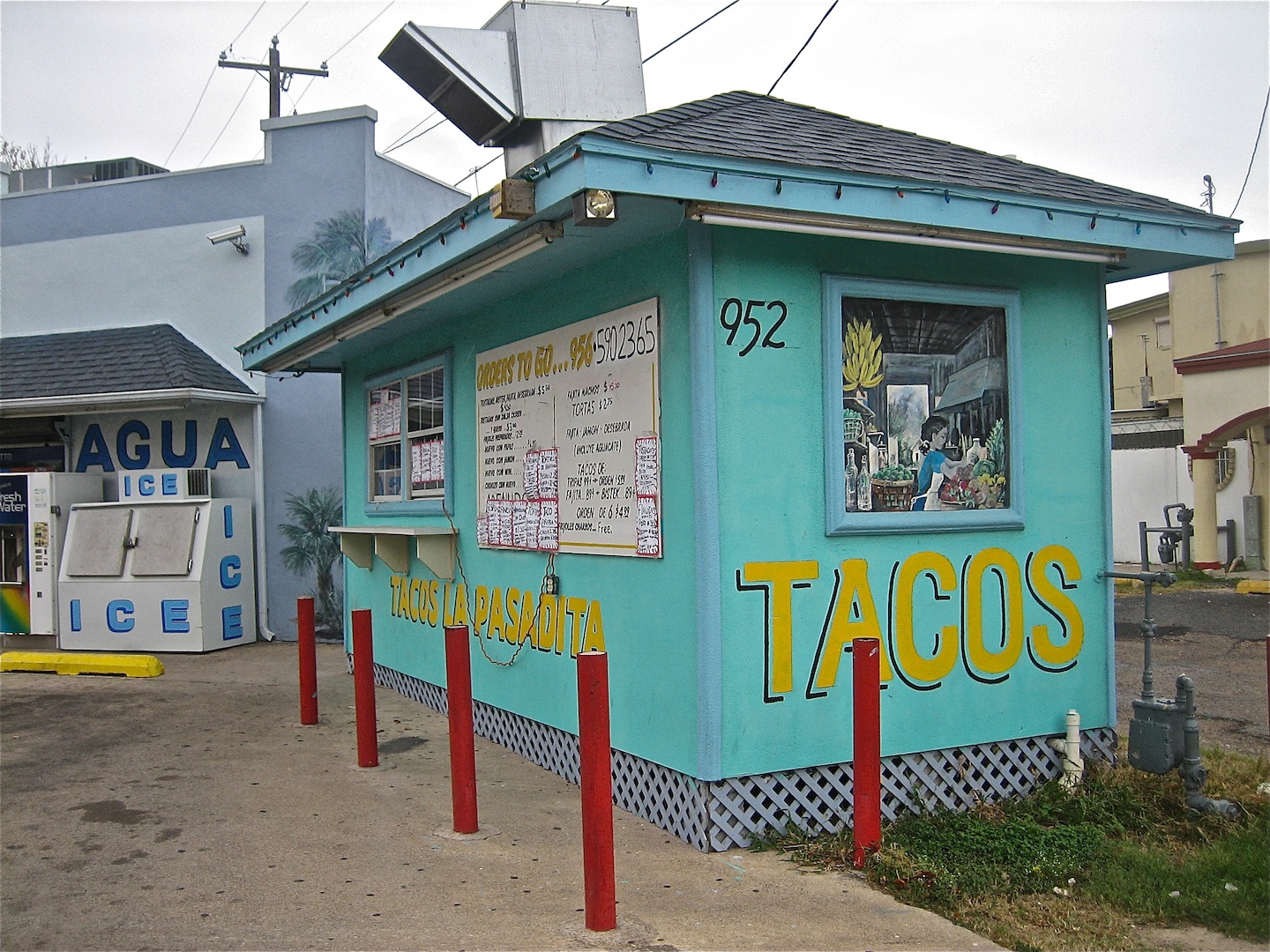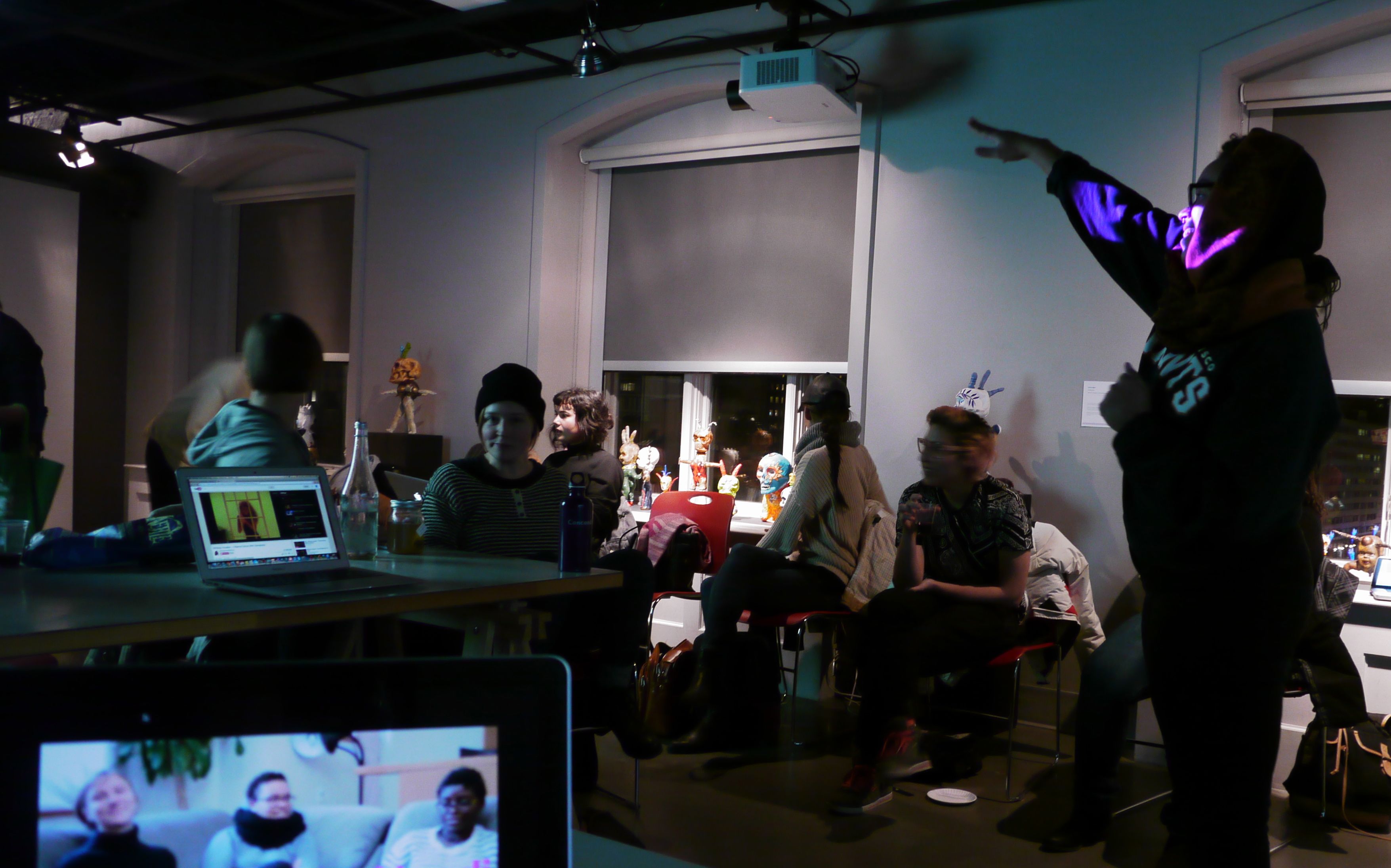 Nadine Blumer
Nadine Blumer
January 2016
I. A Better World via the “Virtual Reality Empathy Machine.”
“How Virtual Reality (VR) Can Create the Ultimate Empathy Machine” is the title of a TED talk first broadcast in March 2015. It has generated more than 1.2 million views in its first months online. The speaker, interactive media artist Chris Milk, prophetically describes how the immersive quality of VR not only transports viewers into another world, but also effectively alters perceptions and may even change the world. VR is a “machine,” he declares, through which “we become more compassionate, we become more empathetic, and we become more connected. And ultimately, we become more human.”
Milk gives the example of the UN-funded VR film, “Clouds Over Sidra,” which was shown to delegates at the World Economic Forum in Davos, Switzerland in January 2015. This film takes viewers into a Syrian refugee camp in Jordan through the eyes of a 12-year old girl named Sidra. As Milk explains, “When you look down, you’re sitting on the same ground that she’s sitting on. And because of that, you feel her humanity in a deeper way. You empathize with her in a deeper way. And I think that we can change minds with this machine.”[i]
Read the rest of this entry »
Posted on May 11th, 2016

Sheron Edey (Project Director) in action.
Standing on their Shoulders is a community-based project designed to preserve the heritage of Black English-speakers in Little Burgundy and to create a new generation of griots or cultural interpreters. The project aims to:
- Capture the rich Black history of Little Burgundy from community residents and elders.
- Share and teach Little Burgundy’s Black History so that everyone can celebrate its contributions
- Identify and interpret the stories, landscape, and heritage of the district
- Retell the Black history of Little Burgundy
Over the course of the project, 20 youth participants will create inspiring short films of Little Burgundy’s history. This project cannot succeed without a host of partners and supporters. CEREV is one of our supporters and we recently took up their offer to run two workshops for our budding griots. Read the rest of this entry »
Posted on June 23rd, 2015

The authors of this post, Gaelyn and Gustavo Aguilar of TUG Collective (University of Maine at Farmington), first worked in the CEREV Exhibition Lab as part of our working group at the Hemispheric Institute’s Encuentro. They returned to CEREV in February 2015 for a week of seminars, exhibition experiments, and performances.
Having spent a week in the Exhibition Lab, as part of the Hemispeheric Institute of Performance and Politics Encuentro session in June 2014, we were keen to return to CEREV to continue tweaking with the curatorial aspects of our project, Who Eats at Taco Bell?, with the goal of fostering critical feedback by widening the circle of collegial engagement.
Read the rest of this entry »
Posted on April 15th, 2015

The author of this post, Dr. Tracy Zhang, is Research Associate at Concordia’s Simone de Beauvoir Institute. Tracey and her Anti-Racist Feminist Media WSDB498I course worked with Lex Milton & CEREV’s facilities in the Fall 2014 semester.
During the fall of 2014, I had the privilege of teaching a course, entitled “Anti-racist Feminist Media”, at the Simone de Beauvoir Institute (SdBI). Before the semester started, I had two important encounters that shaped my pedagogical approach to this course. The first was a CBC radio program about a social media campaign, called “Women Against Feminism.” The radio host facilitated a live discussion on the meanings of feminism among a law student, an editor of a feminist magazine, and a freelancer, critical of feminism. I was intrigued by how the mainstream media today is increasingly responsive to social media. Feminist as well as anti-feminist ideas can crisscross the various media spheres that constitute and influence our everyday experiences with sexism and racism. Together with my students, I wished to explore how the class could help translate students’ critiques into audio-visual materials that would allow them to participate in feminist debates beyond the academy.
Read the rest of this entry »
Posted on January 13th, 2015

The author of this post, Nuria Carton de Grammont, curated Narcotraffic and the Art of Violence in our Exhibition Lab from November 20-27, 2014. The project featured the artistic work of Carmen Giménez Cacho, Philémon Cimon, Maria Ezcurra, Jacqueline Fortson, Ileana Hernández, Flavia Hevia, Daniela Ortiz, Carlos Rojas, and Amanda Ruiz and their exploration of aesthetic strategies to educate viewers on the extreme violence caused by narcotraffic. The exhibition and its accompanying roundtable discussion were co-sponsored by the Chaire d’Etudes du Mexique Contemporain, the Centre d’Etudes et de Recherches Internationales, and the Réseau d’etudes sur l’Amérique latine à Montréal.
Ma recherche de postdoctorat, au Centre d’Études et de Recherches Internationales de l’Université de Montréal, porte sur la culture visuelle et la représentation de la violence dans la guerre contre le narcotrafic qui touche actuellement le Mexique.
Dans le cadre des mobilisations sociales qui se manifestent aujourd’hui pour exiger justice, l’art a pris une place fondamentale comme moyen d’expression politique. C’est aussi une esthétique qui se propose de perpétuer la mémoire collective des 125,000 disparus depuis la déclaration de guerre faite par l’ex-président Felipe Calderón en 2006.
Read the rest of this entry »
Posted on January 12th, 2015








